Cooperative Learning in Physical Education
PLT4M
FEBRUARY 15, 2023
Sean Fullerton is a former secondary physical education teacher and current Ph.D. In this article, Sean explores a cooperative learning in physical education Be on the lookout for lots of great content from Sean as he helps take the academic angle of physical education best practices. What is Cooperative Learning?

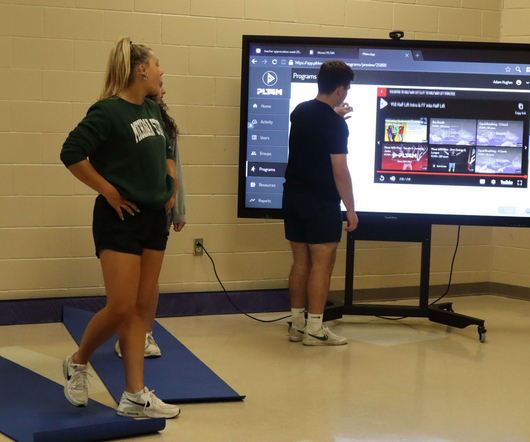
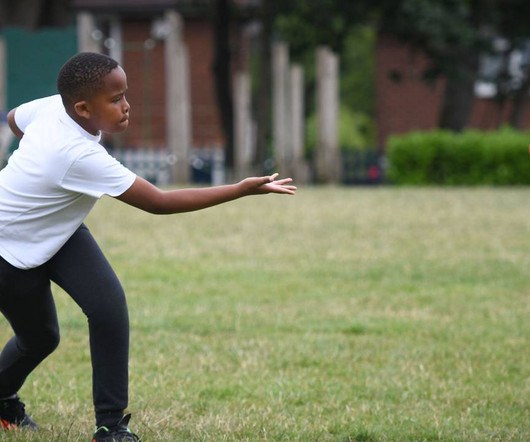
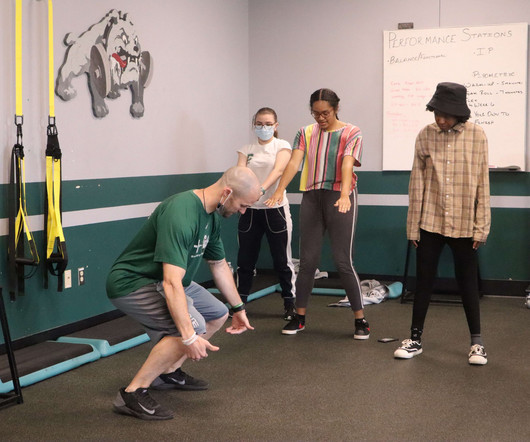
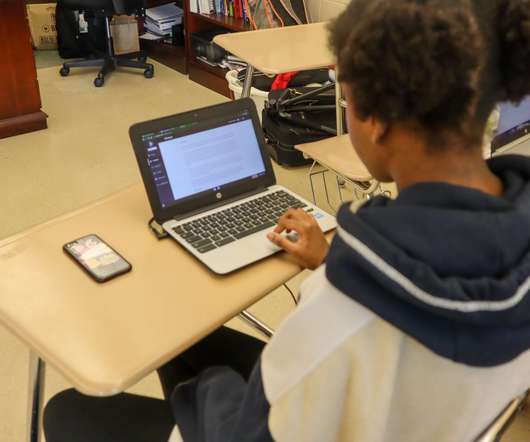
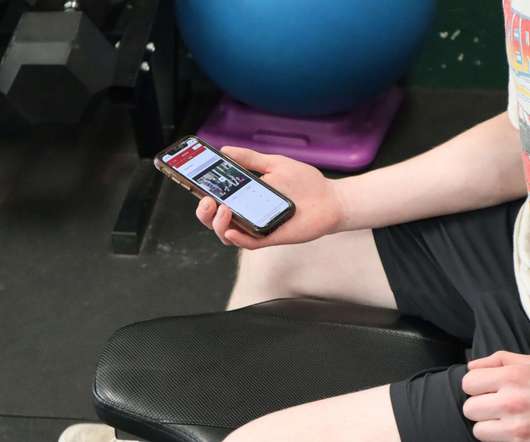
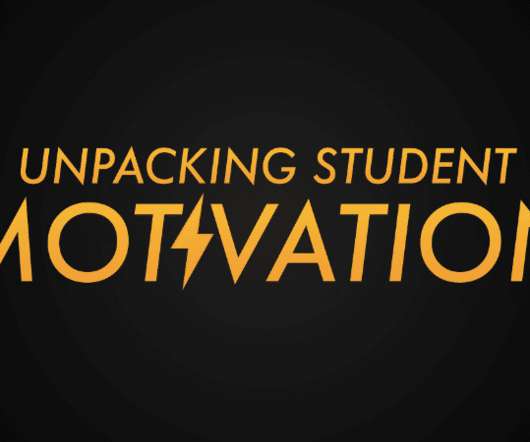
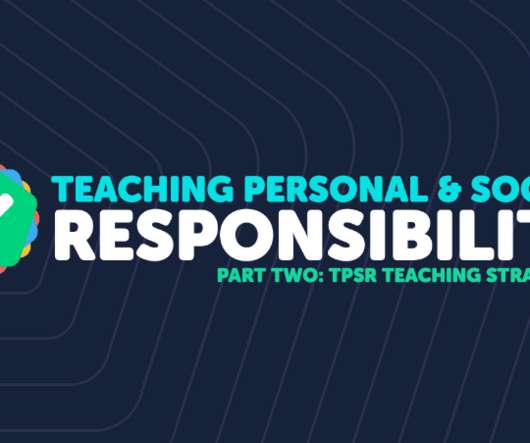






Let's personalize your content